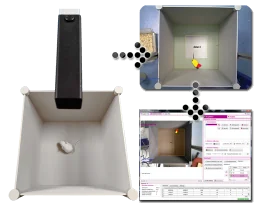
A unique setup for the automation of the Open Field test for rats and mice : 3D-camera based...

A unique setup for the automation of the Open Field test for rats and mice : 3D-camera based...
Discover our products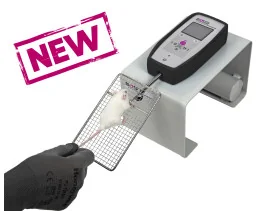
An easy way to objectively quantify the muscular strength of mice and rats, and to assess the...
Discover our products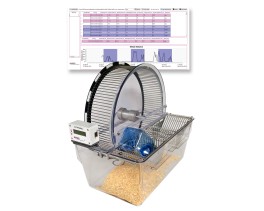
The BIOSEB Spontaneous Activity Wheel offers an effective solution for quantifying rodent...
Discover our products
The BIOSEB Spontaneous Activity Wheel is an easy way to quantify rodent voluntary activity in...
Discover our products
The uncomplicated way to monitor rodent activity over several days from their home cage...
Discover our products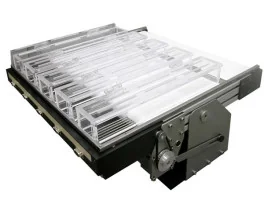
These small animal treadmills are used for forced exercise training and accurate testing of...
Discover our products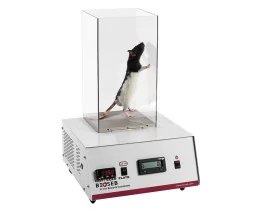
For testing animal's thermal sensitivity to pain resulting from exposure to heat or cold: the...
Discover our products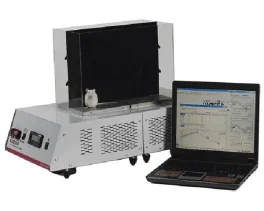
An operator independent test to study pain thresholds in rodents (mouse and rat) by assessing...
Discover our products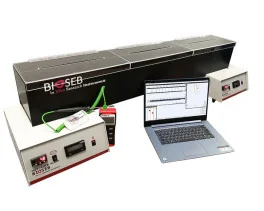
New and improved! The operator-independent Thermal Gradient Test used to show favorite...
Discover our products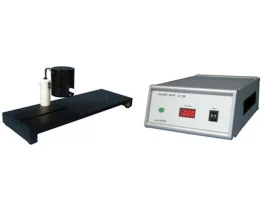
Particularly sensitive for studying the analgesic properties of pharmacological substances
Discover our products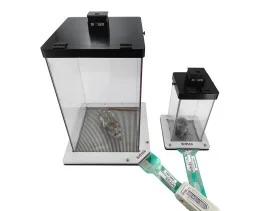
The advanced version of our Dynamic Weight Bearing Test for rodents (rats and mice) allows for...
Discover our products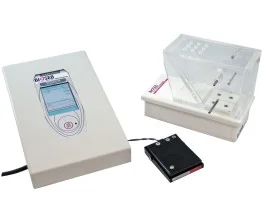
An easy and non pain-inducing solution for assessing the level of discomfort (incapacitance) in...
Discover our products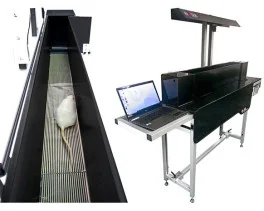
A unique device that provides automated measurement of weight bearing and force distribution...
Discover our products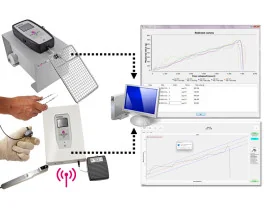
A NEW software for increasing the repeatability of nociceptive tests: by recording the reflex...
Discover our products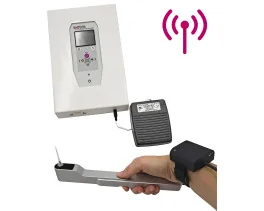
A quick solution to determine the mechanical sensitivity threshold in rodents (mice and rats)....
Discover our products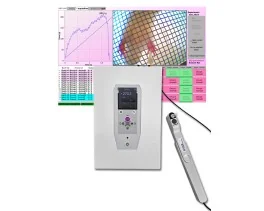
As an electronic version of the classical Von Frey Filaments esthesiometer (or aesthesiometer),...
Discover our products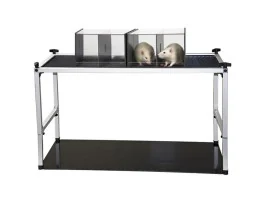
New ROBUST and modular cages to gently hold rodents (rats or mice) during nociceptive and...
Discover our products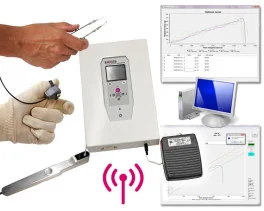
An economical and versatile solution for when flexible quantitative sensory testing (QST) is...
Discover our products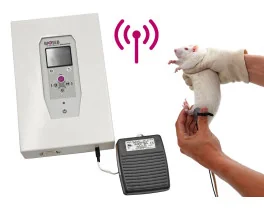
Dedicated to small animals, like mice and rats, Smalgo is a pressure-based analgesimeter...
Discover our products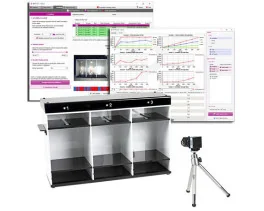
Bioseb's version 5 of the Tail Suspension Test system, based on both strain sensors and video...
Discover our products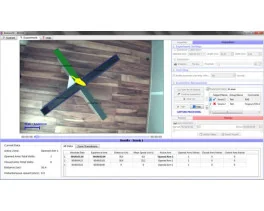
NEW ! A complete (hardware + software), dedicated and automated solution for the Elevated Plus...
Discover our products
A unique setup for the automation of the Open Field test for rats and mice : 3D-camera based...
Discover our products
Open-field test - ARENA ONLY - used to evaluate of animal's basal activity and its evolution for...
Discover our products
The new Forced Swimming Test system from Bioseb uses a dual approach: Combining a double input...
Discover our products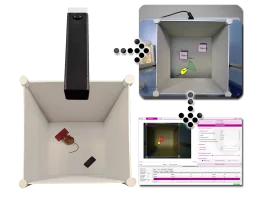
A brand new innovative setup for the automation of the Novel Object Recognition Test : 3D-camera...
Discover our products
Open-field test - ARENA ONLY - used to evaluate of animal's basal activity and its evolution for...
Discover our products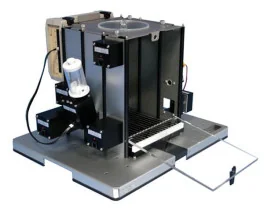
An entirely modular experimental enclosure designed to conduct operant conditioning procedures...
Discover our products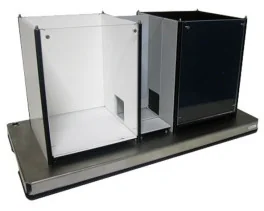
A standard experimental chamber for automated or manual assessment of conditioned place...
Discover our products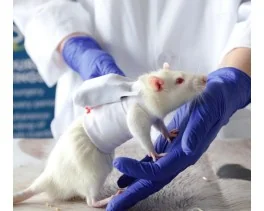
Real-Time Physiological Monitoring for Small Animals – Wireless & Non-Invasive The Bioseb...
Discover our products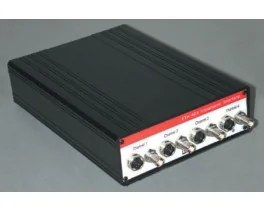
The ETH-401 is a bridge amplifier for various transducers that provides four channels of...
Discover our products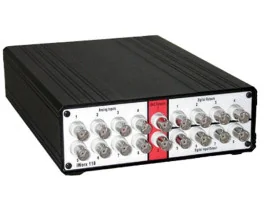
The IX-118 is a fast 100 Khz, high-resolution data acquisition system suitable for most data...
Discover our products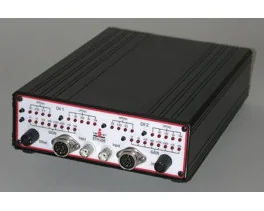
The ETH-256 is a 2 channels high performance, general-purpose life science research amplifier,...
Discover our products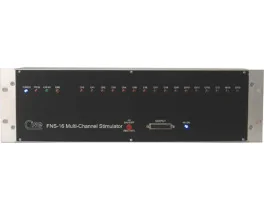
Full-featured multi-channel stimulator for neuromuscular stimulation
Discover our products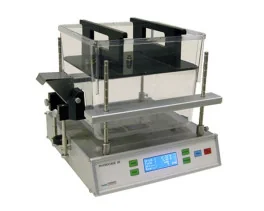
The OXYLET system - Physiocage is a modular system allowing the integration of respiratory...
Discover our products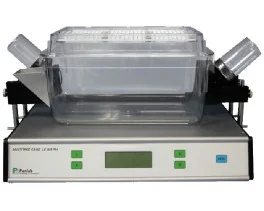
Innovative and appropriate equipment for measuring food/liquid consumption and correlated motor...
Discover our products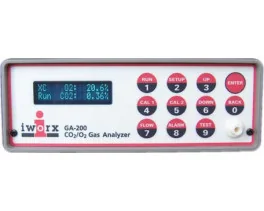
An economical, high performance Oxygen and Carbon Dioxide Analyzer with sampling rates fast...
Discover our productsSince 1998, Bioseb has been a key player in neuroscience, developing innovative in-vivo solutions to study cognitive functions, memory, and substance-related behaviors in rodents (primarily mice and rats). These devices are critical for studying neuroplasticity, attention mechanisms, and the effects of addictive substances on behavior. Read more >

Applications
Applications
There is 1 product.


A brand new innovative setup for the automation of the Novel Object Recognition Test : 3D-camera based technology is now...
Bioseb's tools are recognized by researchers worldwide for their reliability and precision, as demonstrated by a wide array of peer-reviewed studies. These instruments are indispensable for exploring cognitive functions, memory, attention mechanisms, and substance-related behaviors. Here are a few notable examples of studies that have successfully utilized our solutions in preclinical models
Bioseb provides advanced instrumentation to probe and quantify cognitive processes, learning, memory formation, attentional capacities, and addictive behaviors in rodent models. They allow researchers to assess how animals learn and remember new information, respond to attention-demanding tasks, and develop preferences or aversions to stimuli, including addictive substances.
Our product range includes fully automated setups, innovative camera-based tracking solutions, and flexible modular systems for operant conditioning, place preference studies, and spatial navigation tasks. Bioseb’s tools provide reliable, reproducible data that accelerate advancements in cognitive neuroscience and behavioral pharmacology.
Our devices support a wide range of cognitive assessments, including spatial learning (T-Maze, Shuttle Boxes, Holeboard), recognition memory (Novel Object Recognition Test 3D), attention and impulse control (5-9 Holes Attention Processes Box), and reward-based learning or addiction-related behaviors (Operant & Behavior Modular System, Place Preference Cage).
By employing advanced imaging and software algorithms, these systems minimize human interaction and observer bias. Automated scoring reduces variability, ensures consistency across trials, and provides objective, reproducible measurements.
Most instruments, such as the T-Maze or Shuttle Boxes, can be adapted for mice, rats, or other small laboratory rodents. Modular systems, like the Operant & Behavior Modular System, are particularly flexible, allowing researchers to customize task parameters and apparatus configurations.
Data from Bioseb’s instruments can be exported in widely compatible formats, enabling integration with imaging, electrophysiological, molecular, or pharmacokinetic data. Combining multiple data streams provides a richer understanding of the neural and behavioral correlates of cognition, attention, and addiction.
Yes. Tests like the Novel Object Recognition Test, Operant Conditioning paradigms, T-Maze, and CPP are well-established methods with extensive literature support. Using Bioseb’s standardized, automated versions ensures adherence to widely accepted protocols and best practices, enhancing the credibility of your findings.
Bioseb provides on-demand technical support and training, customized to the specific needs of each instrument. Services include assistance with installation, training on hardware and software, and protocol optimization, adapted to the complexity of the equipment. For further details or to request support, please use our contact form.
check_circle
check_circle